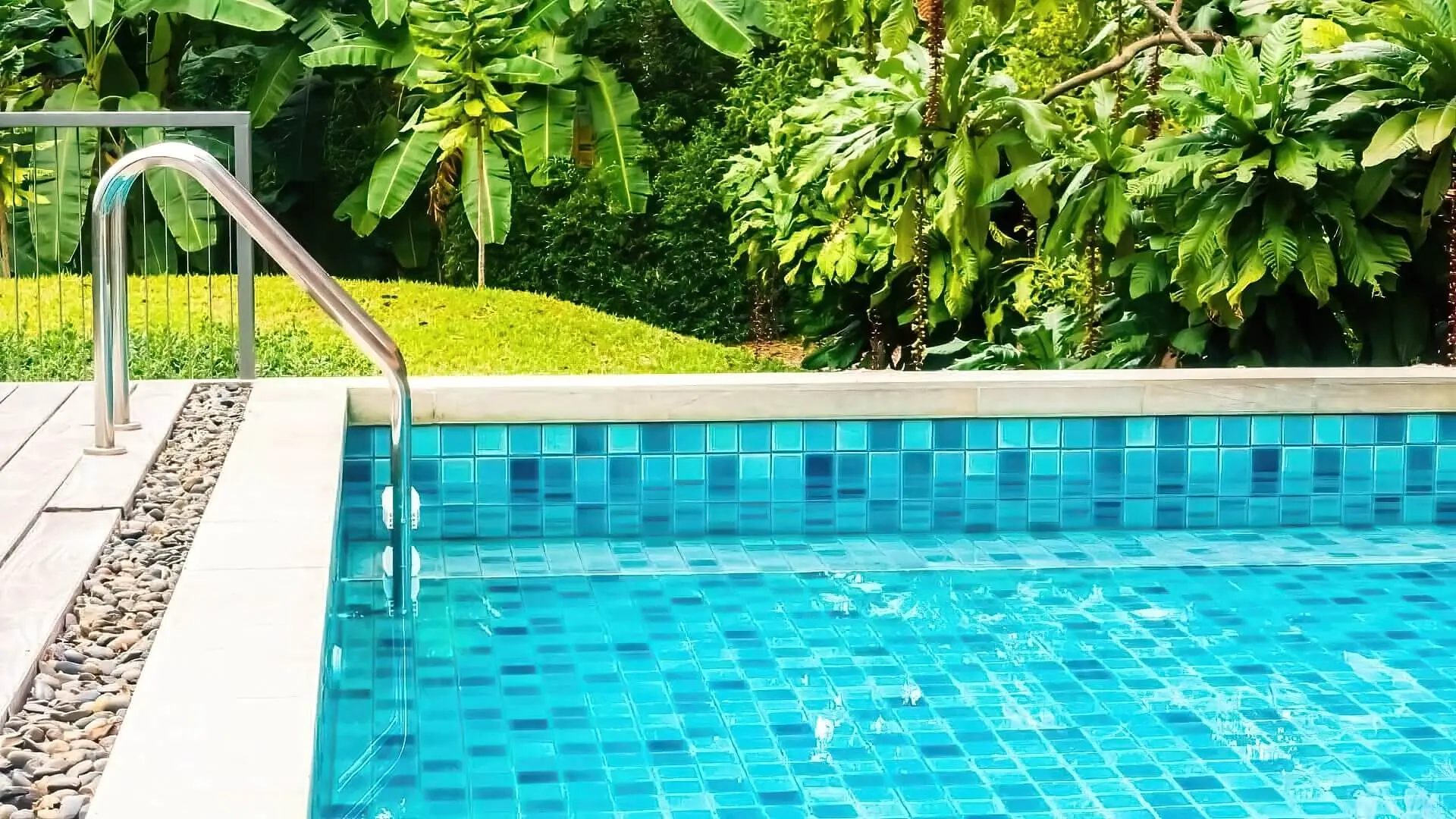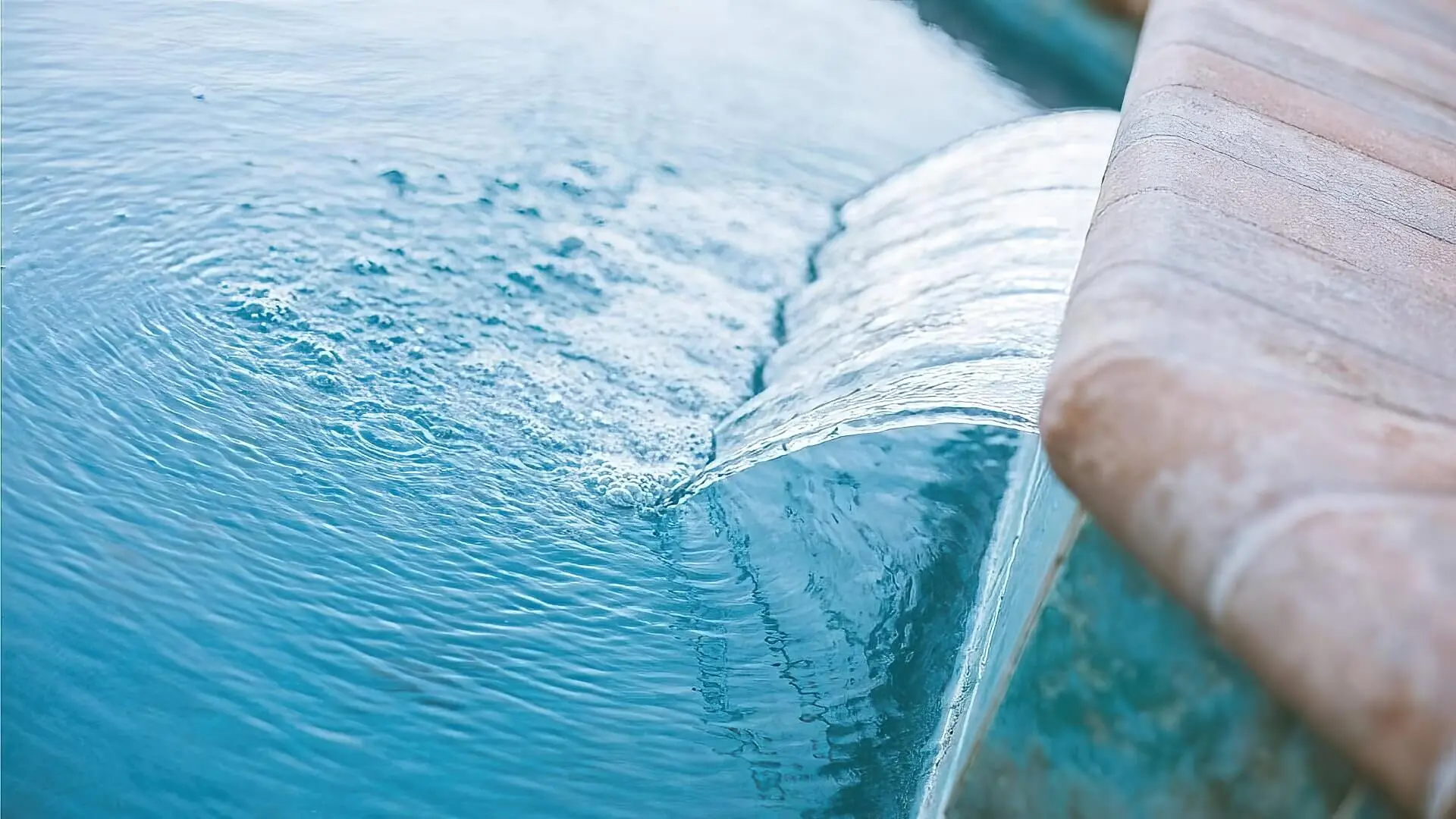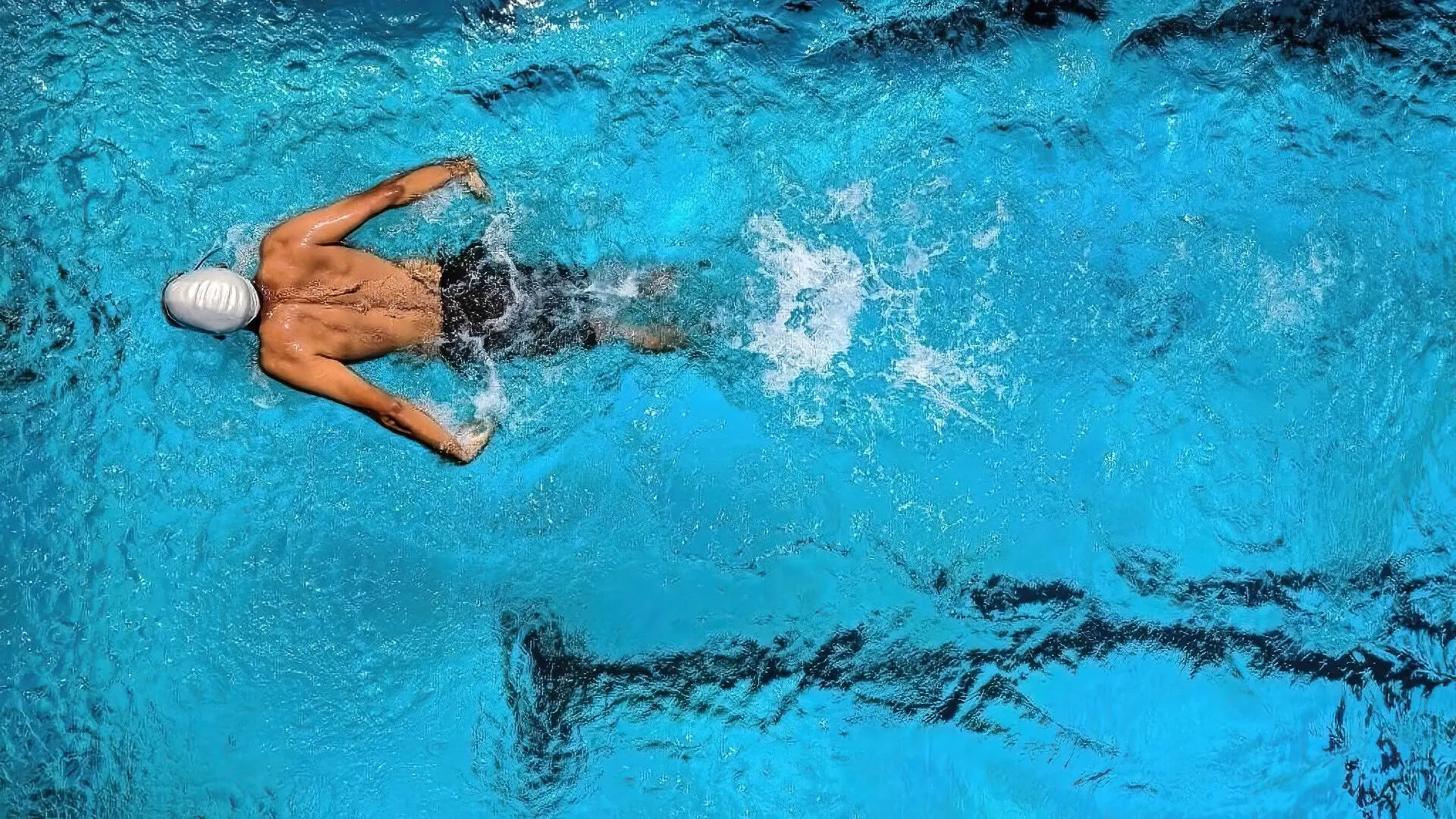What Everybody Ought To Know About How To Treat Pool Water

Add first test liquid drops to the water, sodium thiosulfate, and swirl to mix.
How to treat pool water. A shock treatment solves and prevents many pool problems. Testing your pool is a regular part of pool ownership. Every swimming pool should have a healthy amount of alkaline in it.
Establish a weekly routine to clean the pool and add pool cleaner. In this expert guide the pool specialists at water treatment services take a brief look at swimming pool water treatment techniques including how to maintain pool water balance, the importance of biocides, controlling algae and the role of filtration. Go back 17 | 08 | 22 types of pool water and how to ensure optimal pool maintenance depending on your choice, from chlorine pools to ponds and biopools.
Extreme heat, high winds, a dirty pool, incorrect ph levels, clogged pool filter, and rainstorms make algae blooms more likely. How to 80/20 your pool care chapter 2: A combination of sewage interception and source control, aeration and oxygenation, a biological contact oxidation tank, and the construction of aquatic ecosystems was used.
It’s not mandatory to use the additional pool chemicals if the chemical balance of your pool is adequate. You will then use the caps that come in your kit to cap the vials close and gently turn upside down a few times to mix the reagent with the water. Plan to test the pool water twice a week whether it’s been used or not.
Pool chemicals you’ll need to shop for to treat your pool water for the first time include ph and alkalinity adjusters, calcium hardness increase, chlorine, cyanuric acid, and pool shock. Keeping it clean, clear, and balanced protects you and your family from contaminants and pollutants. Understanding how your pool is built chapter 3:promoting good pool circulation chapter 4:
Because alkaline is a ph stabilizer. Add the second, the total alkalinity test liquid, and swirl to mix until the color is green. Method 1 doing general maintenance download article 1 test the pool water before and after making chemical adjustments.
Understanding your filtering system chapter 5: November 14, 2021 0 10 why testing your pool water is important how to treat your pool water / chemicals needed for your pool / how to lower ph & alkalinity your pool, while it looks like a pond, is more of a chemistry lab. While commercially purchased chlorine is one of the best ways to treat the water in larger inflatable pools, smaller pools that are fewer than 20 feet wide need less chemicals to treat the water.
Poor filtration, low chlorine levels, poor water chemistry, or contaminants in the water, like debris or algae. Swimming pool clarifier is a chemical that’s used clean up your pool water, and they’re pretty damn good at it. Pour the water softener into the bucket, please check how much softener you need as it is dependent on the size of your pool.
Your kit’s instructions will tell you how much to drop in. It’s also important to maintain a good balance of chemicals in your pool because improper water chemistry can cause damage to your pool and equipment. To start up your pool, you’ll need to run your filter, adjust ta, ph, and calcium hardness, and add chlorine and cya.
Algal growth, molds, and buildup of body wastes from swimmers can all cause cloudiness. Pool chemistry for dummies chapter 7: Read your test’s instructions, know how many drops of the first two test liquids, and how much water you need.


















